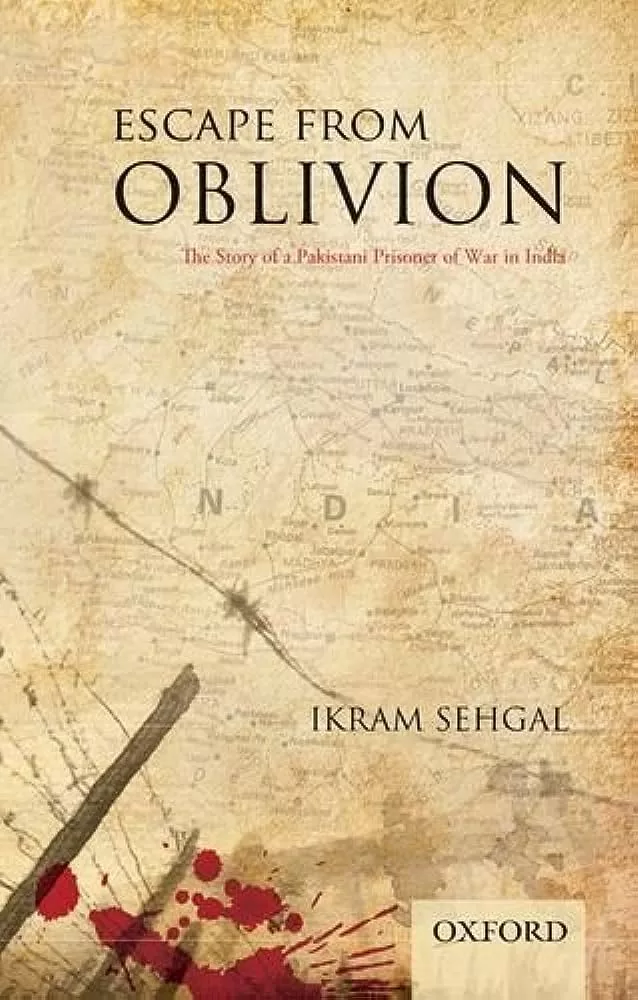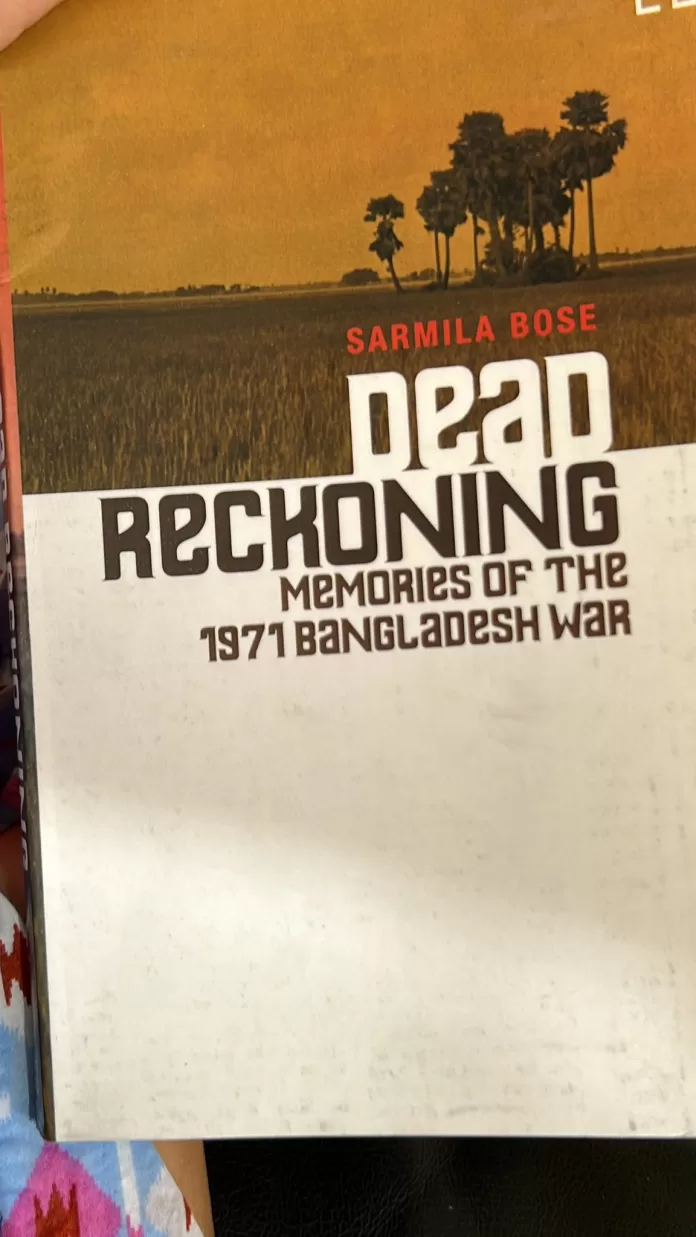Despite the symbolic references to the fall of Dhaka and secession of East Pakistan in our everyday politics, the tragedy appears to mean little, at least for the generation that grew up in the post-1971 days. There is a general apathy and lack of understanding towards this dark episode of history in the younger generation-thanks to the way we teach history at our educational institutions – though many politicians keep claiming that a former “East Pakistan-like situation” prevails in parts of today’s Pakistan, in quite an exaggerated and senseless manner.
Even the generation which witnessed the demise of Quaid-e-Azam Mohammad All Jinnah’s Pakistan, largely sees the East Pakistan debacle in over-simplistic terms. Barring a handful of experts and historians, the popular rightwing view blames the “Indian conspiracy and treachery of Bengalis” for the catastrophe. Or it is the self-flagellation by many liberals and left-wingers, who in line with the propaganda of Indian and Bangladeshi governments, accuse the Pakistan army of mass genocide and rape during the last days of united Pakistan.
Fortunately, most of these allegations have been put to rest by independent historians and researchers, including by Indian scholar Sannila Bose’s landmark book Dead Reckoning: Memories of the 1971 Bangladesh War, in which she says that many “facts” were “exaggerated, fabricated, distorted or concealed” by the Indian and Bangladeshi governments. While the Indian and Bangladeshi narrative put the death toll in 1971 civil war at around 3.0 million, Bose estimates it at around 100,000 people. The 100,000, too, is no small figure, but it also includes non-Bengalis, who became victims of genocide by Bengali nationalists and their fighting arm, the Mukti Bahini, which included rebel Bengali soldiers.
In this highly emotive subject, there still remains a dearth of objective and factual accounts and analysis on events leading to the secession of former East Pakistan. The collective failure of the Pakistani establishment of those times in recognising the democratic and economic aspiration of Bengalis and the continued denial of their legitimate rights is nothing but a sad saga of myopic, self-serving and self-defeating policies of the successive governments, which culminated in the military defeat and separation of the majority wing of the country.
A latest addition to select reliable books on the 1971 events, which challenges many myths and breaks stereo-types, is the slim 138″page biographical ac-count Escape from Oblivion: The Story of a Pakistani Prisoner of War in India, Written by a former Pakistan military officer, Ikram Sehgal, who is now considered one of the country’s leading defence and security analyst and businessman.
Sehgal was handed over to the Indian Border Security Force by the rebel Bengali troops of the Pakistan army in early April 1971 – way before the start of actual war between Pakistan and India in December.
Even the generation which witnessed the demise of Quaid-e-Azam Mohammad All Jinnah’s Pakistan, largely sees the East Pakistan debacle in over-simplistic terms

His book, published by the Oxford University Press in English and N S Printers in Urdu, titled Azadi (Freedom), is a grip-ping account of an army captain who faced torture, beatings and psychological traumas, but managed to successfully escape from the Panagargh camp, becoming the first Pakistani soldier to do so. Sehgal travelled deep inside India-from Calcutta to New Delhi and then to Bhairahawa on the India-Nepal frontier by foot, truck, air and train before returning to the former East Pakistan via Kathmandu and Bangkok. One finds this fast-paced book akin to a thriller novel sprinkled with suspense, adventure and conflict which in the words of Sehgal tested his nerves to the utmost. Yes, sometimes reality can be stranger than fiction. In Sehgal’s case this rings true when one finds him in situations fit only for action and spy thrillers.
Apart from giving the personal account, this book also presents an overview of those troubled times in which friends turned into foes and foes into friends as the Pakistani security establishment made one blunder after another in a conflict in which most odds were already against it.
Being the son of a Bengali mother and a Purkjabi father, Sehgal personally felt and suffered the human tragedy unravelling on both sides of the bloody political divide. This made him objective while narrating ` horrors of the civil Iva and rebellion in the ranks of Bengali troops of the Pakistan army and recording atrocities committed by both sides.
No wonder, in the opening pages he calls his book ‘ad eulogy for, all the men who fought and died on both sides, Pakistan and Bangladesh, for a dream that became a reality and then turned into a nightmare while I languished…in an enemy prison.”
It is the story of civil war told in a sub tle manner where the writer has tried not to overstate or understate the cruelties perpetrated by both the rebels and the Pakistan army.
“When soldiers make war on women and children, they cease to be soldiers.”
This remains one of the recurring themes of the book in which one meets a wide range of characters, some of whom will intrigue the reader’s mind, front the RAW agent Malhotra, who focused on the minds of his prisoners in an attempt to break or “sow the seeds of deep dissen-sion” among them, to those simple Indian trucker who extended a helping hand to a man in distress as he made his way from Panagarh to Calcutta. In the book, one also meets a jailed Naxalite leader in Agartala, who protected Sehgal from rough inmates, the young US Marine Sgt Frank Adair who sheltered hint at the US Consulate and a number of fellow prisoners of war in their dark and sublime moods-all offering a wide diversity of human character caught in this conflict.
The writer manages to highlight the deep Indian involvement in backing the secessionist movement and its role in the breaking up of Pakistan in detail-especially its preparation and setting up of prisoner of war camps months before the start of the war between the two countries.
Indeed, Sehgal’s book is a valuable addition to the scant independent material on the fall of East Pakistan, throwing light on many angles which hitherto have not been recorded in detail with a lacing of interesting anecdotes and some typical military humour.
In a nutshell, the book effectively high-lights the point that there can be heroes in a defeated army who manage to abide by the code of conduct of a soldier at the peril of their lives and in a situation beyond their control and of not their making.
The grim realities and challenges of today are certainly different from the ones faced in 1970s, but such writings should prompt serious and meaningful discourse on our historical debacles. The objective should be to learn from history and past mistakes which, despite all our lip-service, we seldom do. Today the spirit of rational and objective debate and discourse remain missing in our national narrative in which emotions rule our mind and hearts and often flawed stereotypes dominate.
The East Pakistan debacle is one of those themes which need constant revisiting, analysis and critical evaluation so that we identify what went wrong in the Pakistan of yesteryear. Sehgal’s book should ignite some debate and discussion on the last days of united Pakistan’ Which failed to reckon the writing on the wall. But are we reading it?
Email: amir.zia@gmail.com




